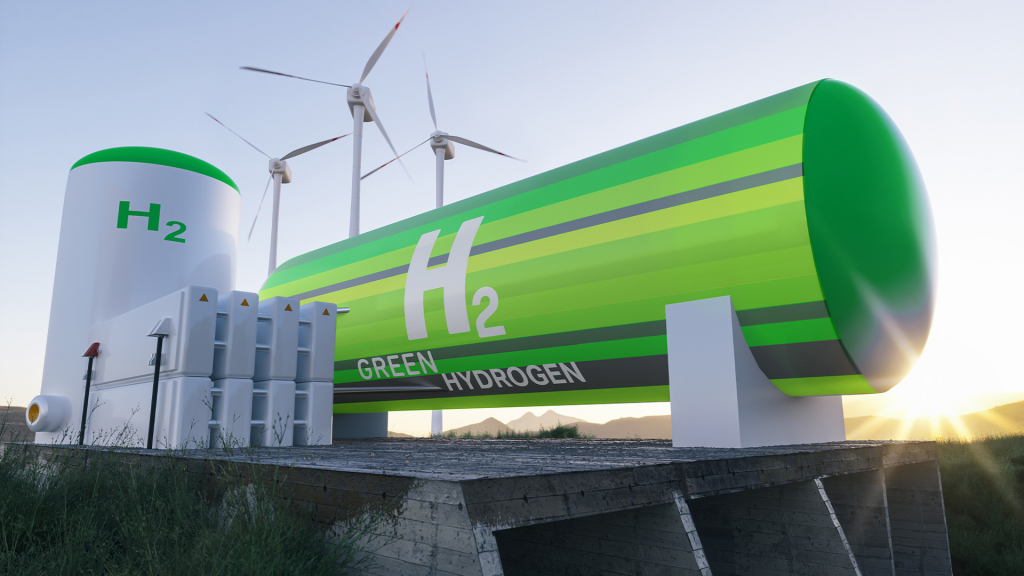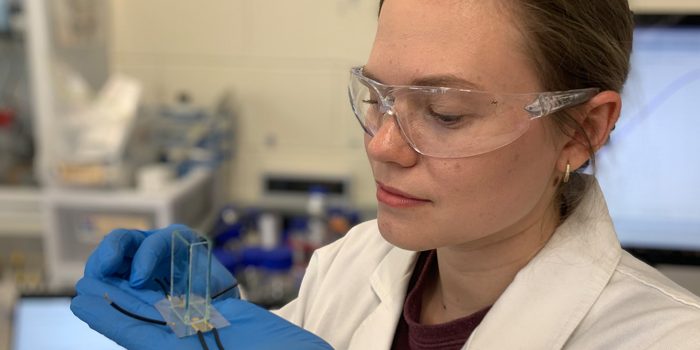Researchers at the RMIT University in Australia have come up with an innovative, promising way to enhance the production of green hydrogen by 14 times. This has been achieved by employing sound waves through electrolysis to split water.
“One of the main challenges of electrolysis is the high cost of electrode materials used, such as platinum or iridium,” RMIT associate professor Amgad Rezk, who led the work, said in a statement.
“With sound waves making it much easier to extract hydrogen from water, it eliminates the need to use corrosive electrolytes and expensive electrodes such as platinum or iridium. As water is not a corrosive electrolyte, we can use much cheaper electrode materials such as silver,” Rezk explained.
The research is published in Advanced Energy Material, and an Australian provisional patent application has been filed to protect the new technology, as per the release.

Electricity is run through water by using two electrodes to split water molecules into oxygen and hydrogen gases. This process produces green hydrogen, which signifies only a “small fraction” of global hydrogen production due to the high energy required.
Most hydrogen is produced by splitting natural gas, also known as blue hydrogen. Natural gas gives off greenhouse gases into the atmosphere.
In their experiment, the RMIT engineers used high-frequency vibrations to “divide and conquer” individual water molecules during electrolysis.
“The electrical output of the electrolysis with sound waves was about 14 times greater than electrolysis without them, for a given input voltage. This was equivalent to the amount of hydrogen produced,” first author Yemima Ehrnst said.
Ehrnst added that the sound waves also “prevented the build-up of hydrogen and oxygen bubbles on the electrodes, which greatly improved its conductivity and stability”.
“Electrode materials used in electrolysis suffer from hydrogen and oxygen gas build-up, forming a gas layer that minimizes the electrodes’ activity and significantly reduces its performance,” said Ehrnst, a Ph.D. researcher at RMIT’s School of Engineering.

Professor Leslie Yeo, one of the lead senior researchers, said that the breakthrough was a huge step toward using the “new acoustic platform” for other applications.
“Our ability to suppress bubble build-up on the electrodes and rapidly remove them through high-frequency vibrations represents a major advance for electrode conductivity and stability. With our method, we can potentially improve the conversion efficiency leading to a net-positive energy saving of 27 percent,” said Yeo from RMIT’s School of Engineering.
However, scaling this concept up will be quite a task!


